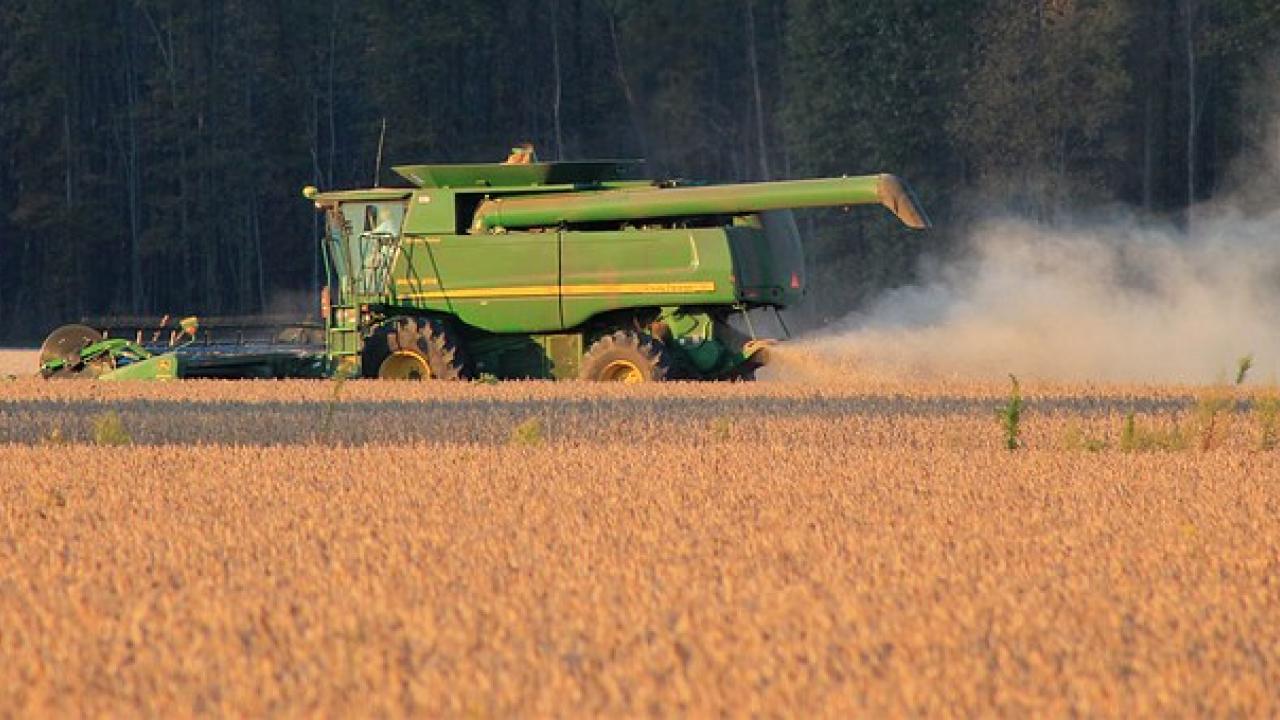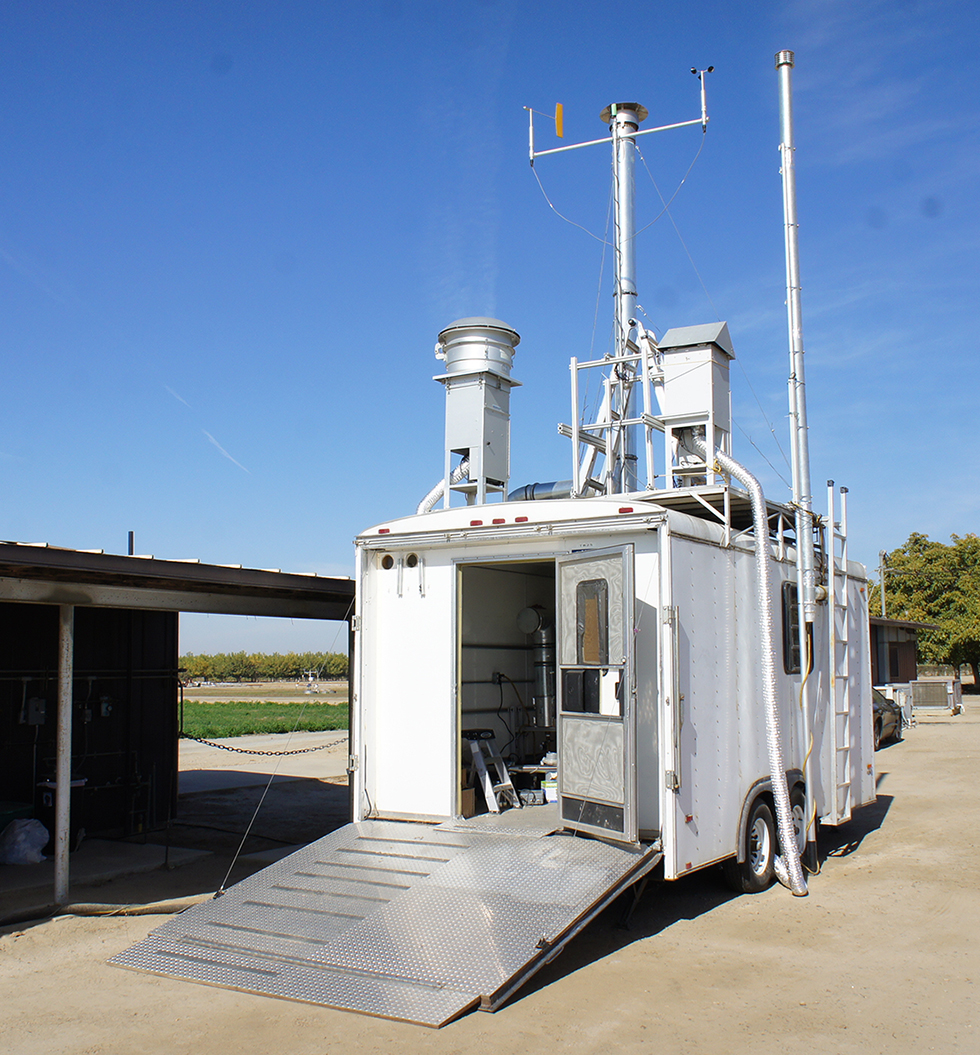
Agricultural Practices
Which produce the most air pollution risk to farmworkers?
California’s San Joaquin Valley (SJV) offers a unique opportunity to study how exposure to particulate matter emissions from targeted agricultural practices and activities affect farmworker health.
 A confluence of factors make this possible, including the fact that the SJV is the most intensively farmed region in the US, houses the largest farmworker population in the country, produces a vast majority of the nation’s most labor intensive crops, and grows a large variety of different fruits, nuts and vegetables requiring a wide range of different farming practices.
A confluence of factors make this possible, including the fact that the SJV is the most intensively farmed region in the US, houses the largest farmworker population in the country, produces a vast majority of the nation’s most labor intensive crops, and grows a large variety of different fruits, nuts and vegetables requiring a wide range of different farming practices.
Many studies show strong associations between particulate matter and adverse health effects, such as asthma, stroke and Alzheimer’s disease.
Drs. Keith Bein and Kent Pinkerton are studying the toxicity of particles produced by common agricultural practices in the SJV. As Bein explains, not all particles are equal; although sea salt aerosol at the beach and particles emitted by diesel engines are subject to the same particle regulations, diesel particles are known to be much more toxic. Therefore, it is important to look at a particle’s source and composition.

Bein and Pinkerton are particularly interested in understanding which farming activities pose the most risk to farmworker lung health. Bein described how "harvesting stirs up a lot of dust. If this occurs close to ground level, then a worker is exposed to everything that was historically applied to a plant or field.”
Air samples will be collected from three distinct farming sites in the SJV that differ by crop using a mobile research trailer. Particulate matter is collected and size-segregated by the 10 air samplers contained in the trailer (e.g., one air sampler may collect samples during morning harvest while another would collect during the evening harvest). The trailer also has meteorological equipment to measure the wind, temperature and relative humidity of the location.
Collected particles will be taken back to UC Davis and screened for toxicity using cell cultures of human macrophages - immune cells that defend the body from infection or damaged / dead cells. Particles that produce toxicity will be further analyzed for the presence of trace metals, organic carbon, pesticides, bacteria, and inorganic and organic ions. Mice will be exposed to the particles to see if pulmonary inflammation and allergic reactions are induced.
The ultimate goal of this research is to establish more effective strategies for farming communities to manage their exposure, mitigate risks, and raise awareness of protective measures that can be taken.
A key facet of this study is “bringing the communities to the table” both during the study and afterwards. -Dr. Keith Bein
Local community and advocacy groups will help the researchers identify potential sampling sites. Social media will be used to make farming communities understand the studies being conducted. Working alongside neighboring high schools and having students participate in air sampling have been proposed.
Final study findings will be presented to communities so that they can decide what to do with the data, such as spearheading educational campaigns or advocating about improving air quality.
